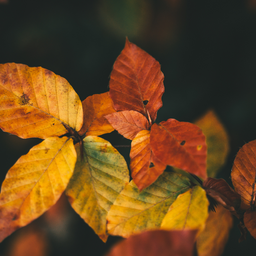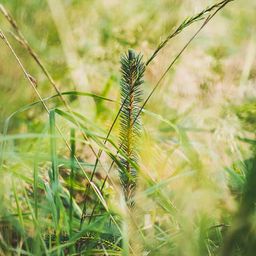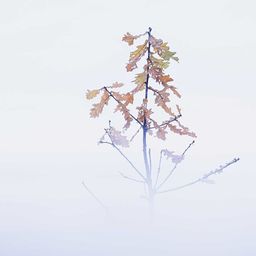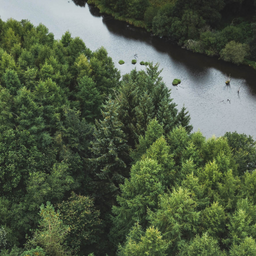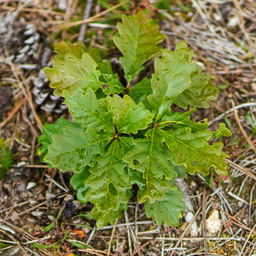
Western Red Cedar: characteristics and usage
The Western Red Dedar is, as its name suggests, a tree with an impressive size. Its height ranges between 50 and 60 meters!
Red Cedar
Cedars belong to the Cupressaceae family. American or Asian in origin, depending on the species, they are classified as conifers and are easily recognized by their evergreen foliage, that presents in an interwoven scaly pattern.
Why does EcoTree plant Western Red Cedars?
Western Red Cedar easily grow in different types of soil. The tree thrives in the sunlight or partial shade. Western Red Cedar grows fast and it doesn't take more than a couple of years before it makes out the perfect windbreak to protect more wind-sensitive species. This is why we at EcoTree are fans of planting the species in our forests.
Red Cedar - Overview
Red Cedar - Overview
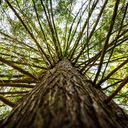
Red Cedar - Species requirements
Western Red Cedars are not picky about soil composition but tend to thrive in gravel soils or soils containing humus . Such soils should have a low acidic, even alkaline, pH level. Cedars are susceptible to soil densification, yet resistant to impurities in the air, meaning they can adapt to atmospheric pollution. They do not thrive in areas with dry air and soil, and can get damaged by road salt. Western Red Cedar likes the sun or partial shade. However, they suffer in periods of drought and intense heat, hence why they are found in more humid regions.
The Western Red Cedar's wood
The Western Red Cedar's wood has a unique smell. It's a softwood that's light and ranges from yellow hues in its sapwood to pinkish brown in its heartwood. The wood is very resistant to rot and its wood is used to produce boats, exterior claddings and window frames.
Symbolism of the Western Red Cedar
The tree, sacred in many cultures, is called the "tree of life" because of its longevity and its evergreen appearance. In North America, it can live up to a thousand years! The cedar is a symbol of eternity and therefore an ideal sustainable and ecological birthday present!
Owning or gifting a Western Red Cedar, you help fight climate change by storing CO2, which purifies the air, and protects the life of millions of animal species!
Our selection of trees
Our goal is to enable anyone to do something that benefits nature and helps us to live in a more harmonious world. So why not become a tree owner in a European forest and help combat climate change?
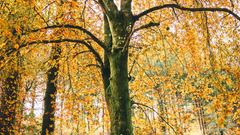



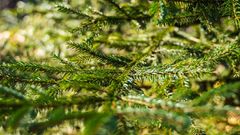

Please note that this is promotional communication. See our notice of information.



